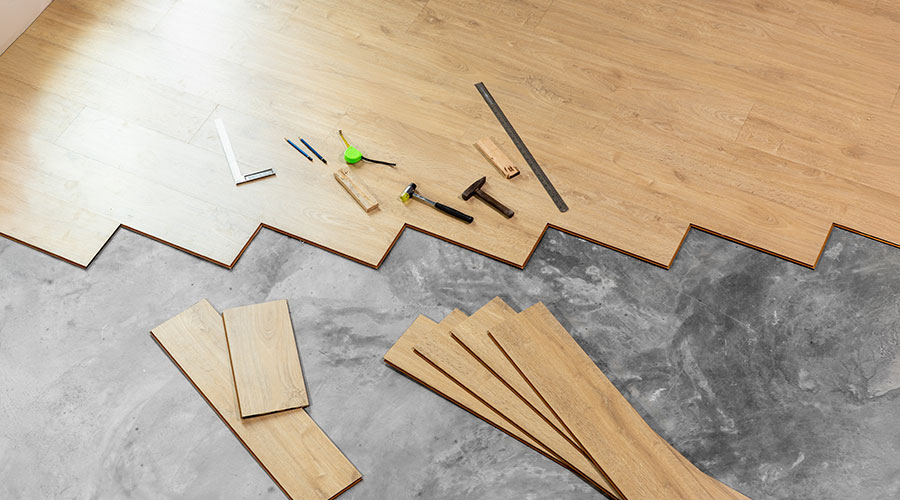Flooring Substrates: What Lies Beneath
The bane of any flooring is compromising substrate conditions and, in particular, concrete moisture and alkalinity, which wreak havoc with all kinds of flooring but particularly sheet goods. Moisture in concrete, whether the concrete is new or old, has generated more lost capital than any other flooring issue.
Maintenance managers need to understand that concrete never dries. It is influenced by atmospheric conditions, as well as conditions in and beneath a slab, whether below, on or above grade. Moisture and the alkalinity it brings when it migrates from the slab can destroy the tackifier in adhesive. If the moisture cannot evaporate and remains beneath the flooring material, the result will be bubbles, blisters, and a build-up of moisture.
When this occurs, managers must turn to drastic measures. The substrate must be clean and dry, and a certified independent concrete tester must test it to ensure the site is acclimated, meaning that the HVAC system is operating as it would when the space is occupied and that the substrate is mitigated or that an installation system and flooring material have been installed so moisture will not affect the substrate.
When a flooring installation fails due to moisture and alkalinity issues, the cost of correction or replacement can be 10 times greater than the original installation cost.
|













